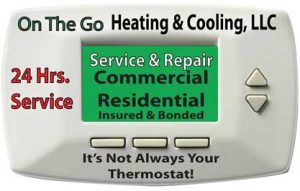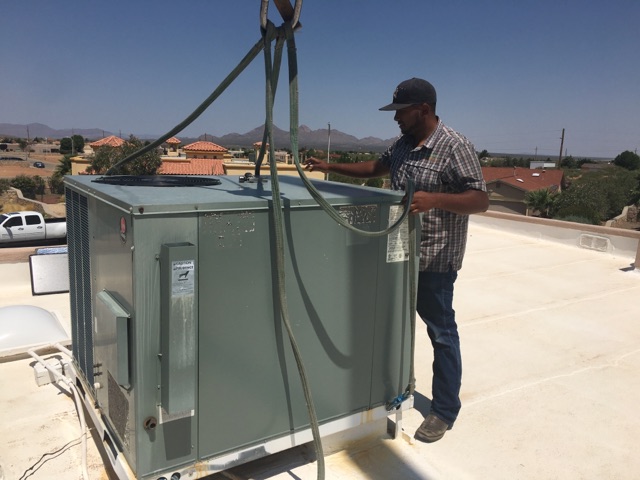Commercial HVAC Cleaning. In today’s era of heightened air quality awareness, the importance of maintaining clean and well-functioning HVAC systems cannot be overstated. Commercial buildings, such as offices, hospitals, and schools, require a reliable and efficient HVAC system to ensure a comfortable and healthy indoor environment for occupants. Regular cleaning, particularly of air ducts, is a vital aspect of HVAC maintenance. In this blog post, we will explore the significance of commercial HVAC cleaning, pay special attention to air duct cleaning, and delve into the tools and techniques used for this crucial task.
The Role of Commercial HVAC Cleaning:
For commercial HVAC systems, routine cleaning is more than just a maintenance chore; it is an investment in the health and productivity of occupants. Over time, dust, mold, allergens, and other debris accumulate within the air ducts, negatively impacting the quality of indoor air. This buildup can result in respiratory problems, allergies, and even spread of contagious diseases. Furthermore, clogged air ducts impede airflow, leading to excessive energy consumption and decreased system efficiency. By investing in regular HVAC cleaning, building owners can effectively improve air quality, reduce energy consumption, extend the lifespan of their equipment, and potentially save money on utility bills.
Commercial HVAC Duct Cleaning
Air Duct Cleaning: Understanding the Process
Air duct cleaning focuses on removing accumulated contaminants within the HVAC system, especially in the ductwork. This process requires specialized equipment and skilled technicians to carry out a thorough and efficient cleaning cycle. While the specifics may vary depending on the system’s complexity, an effective air duct cleaning typically involves the following steps:
- System inspection: Professional technicians inspect the HVAC system, identify potential issues, and determine the extent of cleaning required.
- Source removal: Advanced vacuum systems, equipped with powerful suction capabilities, are used to extract debris, dust, and pollutants from the air ducts. This ensures a comprehensive cleaning, eliminating the risks associated with loose contaminants.
- Brushing and agitation: In certain instances, manual or mechanical brushes may be utilized to dislodge stubborn deposits clinging to the interior surfaces of the ductwork. This process facilitates the subsequent removal of dislodged debris.
- Containment and disposal: During the cleaning process, it is essential to contain and control the dislodged contaminants. Best practices involve utilizing protective sheets or closing off duct sections to prevent recontamination. Once the cleaning is complete, all waste materials are properly disposed of following regulatory guidelines.
HVAC Duct Cleaning Tools
Tools of the Trade: Equipment for Commercial HVAC Cleaning
To achieve optimal results during commercial HVAC cleaning, professionals rely on a range of tools and equipment, including:
- High-Efficiency Particulate Air (HEPA) Vacuums: These powerful vacuum systems effectively capture even the tiniest dust and debris particles, preventing them from recontaminating the air.
- Rotary Brushes: Mechanically driven brushes or air whips are used to dislodge stubborn dirt and debris buildup within the air ducts, ensuring a more thorough cleaning.
- Compressed Air and Whips: Compressed air is employed in conjunction with various attachments, such as whip brushes, to agitate and remove contaminants from the surfaces, promoting a cleaner HVAC system.
- Access Tools: HVAC technicians utilize specialized tools like mirror scopes, remote-controlled cameras, and inspection mirrors to access hard-to-reach areas and thoroughly examine the condition of the ductwork.
Commercial HVAC cleaning, with a particular focus on air duct cleaning, plays a crucial role in maintaining a healthy indoor environment, promoting energy efficiency, and increasing the lifespan of HVAC systems. By investing in routine HVAC maintenance and availing the services of qualified professionals equipped with cutting-edge tools, building owners can ensure that their occupants breathe clean air, leading to enhanced productivity, reduced health risks, and peace of mind.

